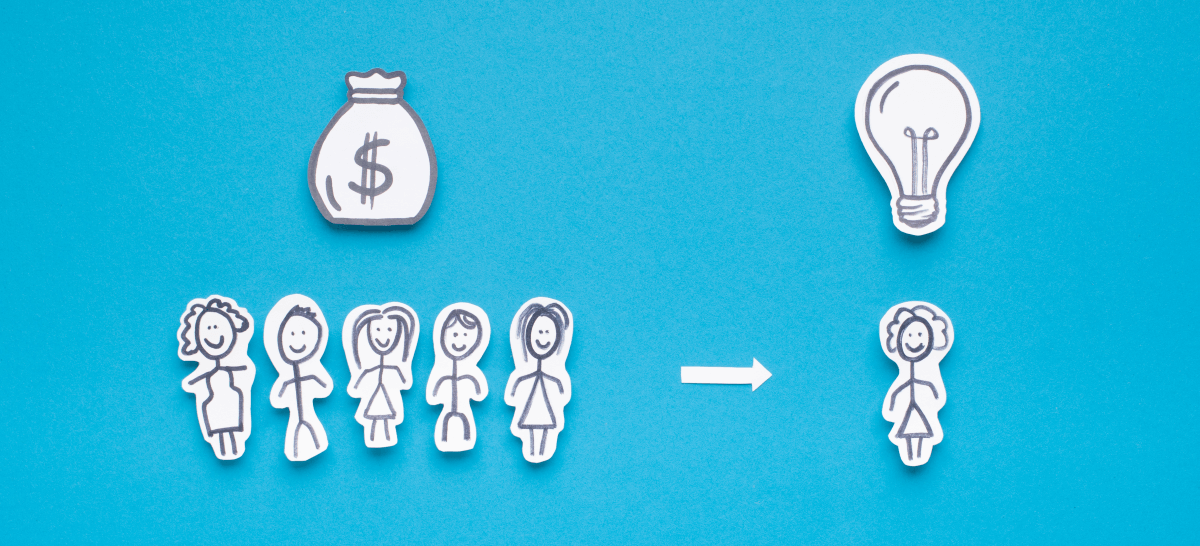You are all set to make your great startup idea reality. Your plans are rolled out, and you are raring to go. This is the stage at which you need to consider what business structure you are going to adopt.
Your business structure can make or break your startup. To help you consider your options, we asked Lawpath what they thought?
LawPath is Australia’s leading provider of online legal services for businesses and individuals, providing technology powered legal solutions at a fraction of the time, cost and complexity of the traditional system.
Setting up a new business can be a daunting task, and it is important that you understand the implications of the business structure you choose. Not only will you require different documents, but you’ll also have different obligations to the relevant government agencies and the ATO.
There are four common business structures to choose from:
1. Sole Trader
A sole trader is a business which is run by an individual. It’s the cheapest and simplest structure to set-up. To be a sole trader, you need to register for an Australian Business Number (ABN). If you want to trade under a name other than our own, you will also have to register a business name. A sole trader can use their individual tax file number to lodge annual tax returns and tax is calculated on an individual basis.
However, because everything is directly registered to you, you are solely liable for any debts or if anything goes wrong. To mitigate this risk, it’s important that sole traders have legally enforceable documents such as a services agreement to protect you and your business if things don’t go according to plan.
2. Partnership
A partnership is a group of two or more people who carry on business activities together. Any income generated is partnership income and is distributed amongst the partners in a pre-determined manner. Once the income has been distributed, each partner will need to report their share of the income in their individual tax return. The income distributed to each partner will be taxed at their individual income tax rate for that financial year.
Whilst the partnership income as a whole is taxed only once distributed to individual partners, the partnership will still need to lodge a partnership tax return to remain compliant under Australian taxation laws. Having a partnership agreement ensures that each partner understands their tax obligations, as well as what they’re expected to bring to the business as a whole.
3. Company
A company is the more complex structure of the three. It needs to be registered, but also has more obligations to agencies such as ASIC and the ATO. Beyond registration, a company will require documents such as a shareholder’s agreement to stipulate how ownership of the company is distributed. A company also has to pay company tax rates, which are different to individual rates and vary depending on the size and turnover of the company.
4. Trust
A trust is a structure used to hold assets for the benefit of another party and is normally in the form of a discretionary trust or a unit trust. These trusts are formalised by completing a trust deed and a nomination of the trustee and beneficiaries of the trust. Whether the trust has to pay tax or not depends on the income of the trust. Trust income is not taxed on its own after it’s been distributed to beneficiaries. A trustee also has to ensure that they act in the best interest of the beneficiaries and comply with their fiduciary duties.
A final note from us, make sure you speak to a professional to seek guidance that will result in a structure that suits your needs not only now but well into the future.
Credit to Ashlee Johnson from Lawpath for her contribution to this blog.
This article is intended to provide general information only, and is not to be regarded as legal or financial advice. The content is based on current facts, circumstances, and assumptions, and its accuracy may be affected by changes in laws, regulations, or market conditions. Accordingly, neither Azure Group Pty Ltd nor any member or employee of Azure Group or associated entities, undertakes responsibility arising in any way whatsoever to any persons in respect of this alert or any error or omissions herein, arising through negligence or otherwise howsoever caused. Readers are advised to consult with qualified professionals for advice specific to their situation before taking any action.







Comment